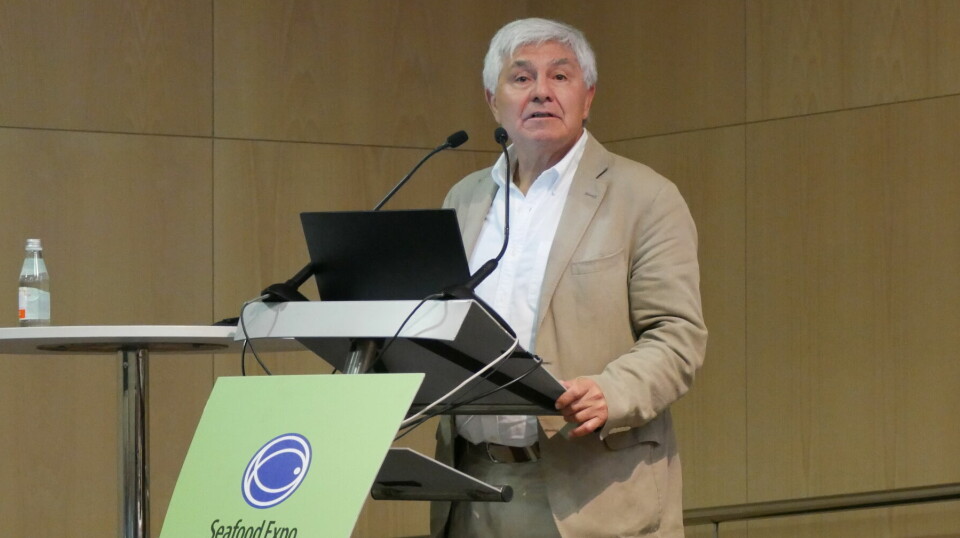
US millennials show increasing appetite for Chilean salmon
Healthy and wealthy consumers enhance market’s importance for sector
The dominant position of the United States market for the Chilean salmon farming industry has been emphasised by Arturo Clement, president of producers’ organisation SalmonChile.
The US has rapidly absorbed bigger volumes and takes 45% of the salmon produced by Chile, with health conscious, higher-income millennials leading the increase in consumption.
Clement was speaking at Building Future Seafood Consumers, one of the conference sessions at Seafood Expo Global being held in Barcelona this week.
He said sales to the US dropped by 25% because of the impact of Covid on the food service sector, “but during 2020 growth in retail was 25%”.
Amazing change in consumers
“During Covid people learned how to cook salmon at home. We saw an amazing change in the consumers and that was brilliant news for us.”
Price inflation last year pushed sales of seafood down in the US, but salmon bucked the trend.
Market research shows 64% of US seafood consumers are male, they have an average age of 44, 71% have a college degree, and they have a mean income of $100,000.
Around 70% live in a household with three or more people or have children (62%). Around half are urban (51%) or live within 50 miles of the sea (57%).
They spend more on groceries - $256 per week – than the consumer average, shop in-store 2-3 times per week, and 57% also purchase seafood online.
Quality and price
US seafood consumers are influenced by certifications, but not as much as SalmonChile had thought, said Clement.
“The consumer does not care too much about the certifications. They are much more focused on quality and price and origin,” said the SalmonChile chief.
The Brazilian market is Chile’s most important after the US and Japan and has held up well despite political turmoil in the country, said Clement.
“We (Chilean salmon producers) are practically alone in that market. They consume a lot of fish because they have Portuguese ancestors.”
SalmonChile’s efforts to increase salmon consumption include
highlighting the sustainability of salmon farming, although this is a difficult
message to convey because of a very aggressive campaign against the country’s
salmon farmers, led by foreign NGOs, said Clement. The NGOs ignored the huge difference
the industry had made to the economy in Chile’s once poor south, which now has
the lowest unemployment rate in the country.
It's not their garden
“When [a wealthy foreign tourist] goes to Patagonia and sees salmon cages, they don’t like it. [They have] an image that Patagonia is very pristine and belongs to all the rich people in the world.”
Clement said salmon farmers were endeavouring to reduce any negative impacts of the sector, adding: “We have to use our natural resources responsibly and improve the economy.
“NGOs from outside the country, and it is mostly wealthy people, want to keep it pristine, but it is not their garden.”
Social media has been an asset for SalmonChile, enabling it to do more with a relatively small promotional budget, said Clement.
“Ten years ago, we could not have reached a million people with the budget we have right now.”






















































